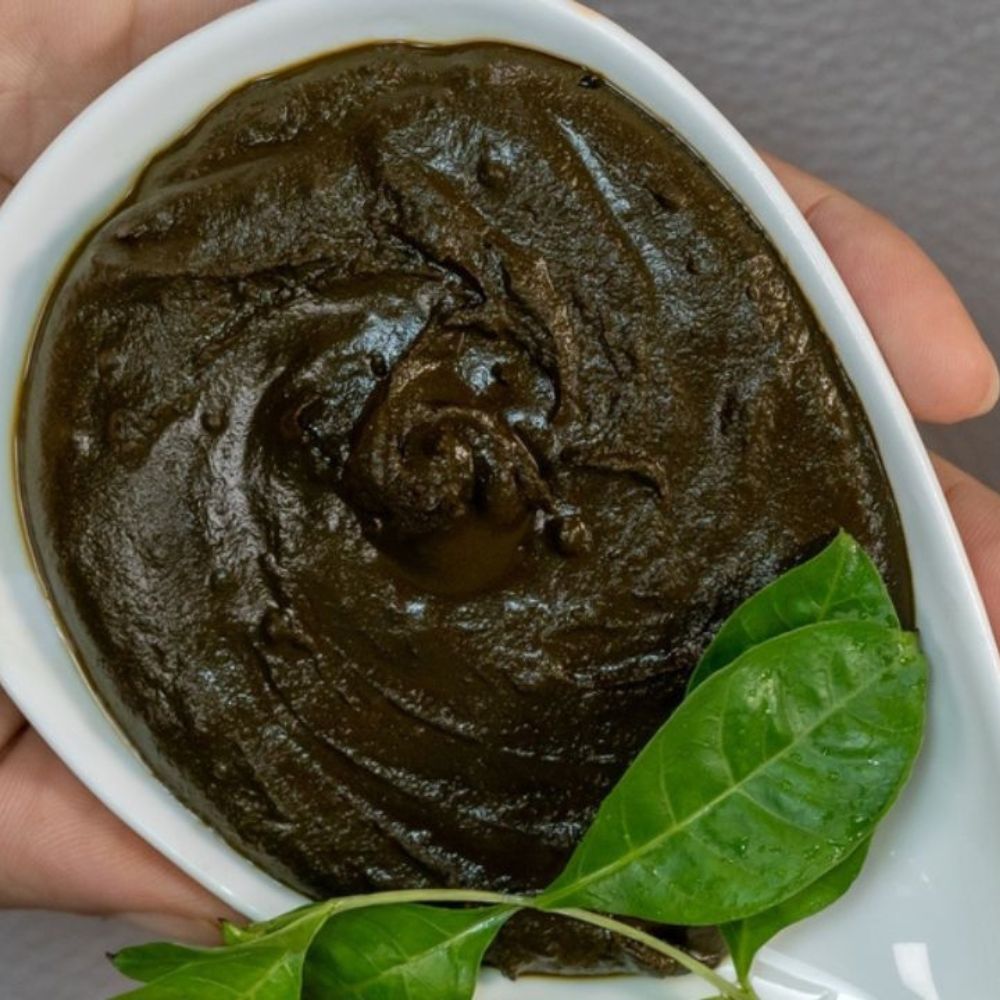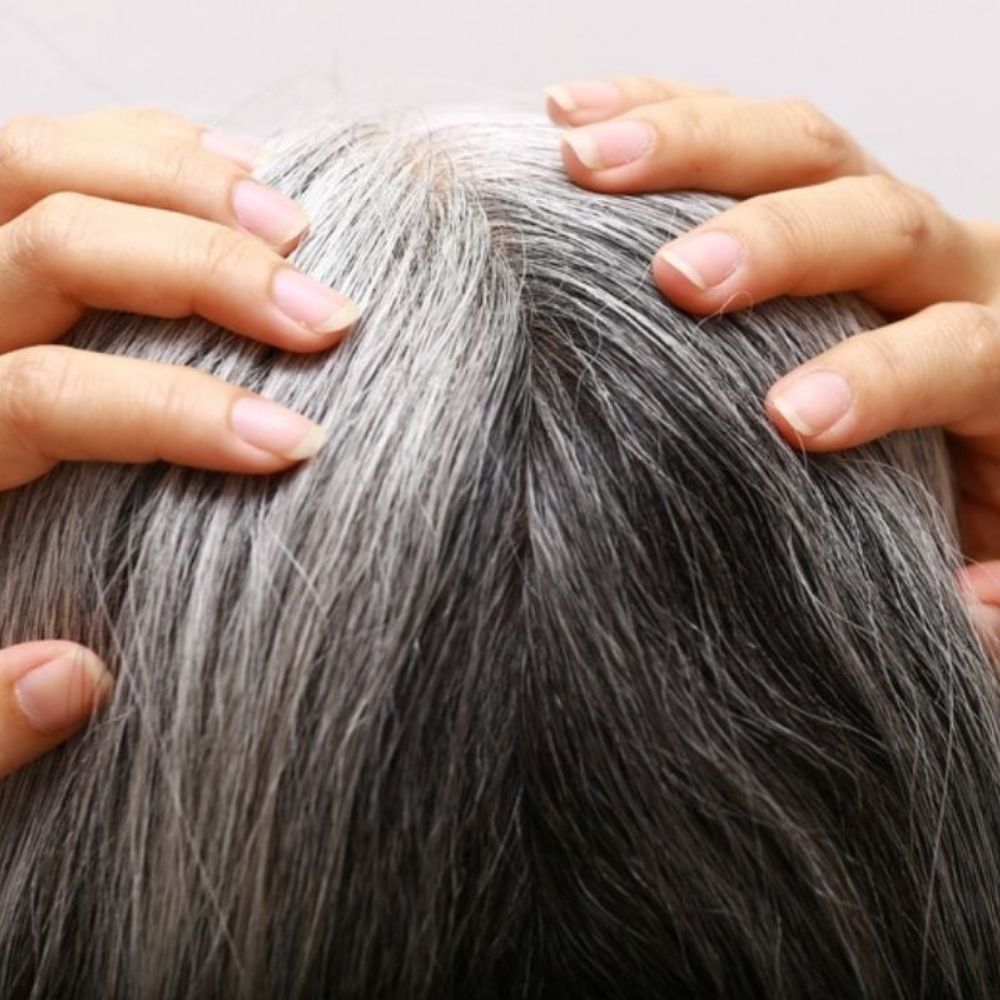A Haircare Guide for Poliosis: Causes, Symptoms, And Treatments
A harmless hair disorder, Poliosis, may cause white hair patches due to the lack of melanin. Here’s all you need to know about its causes, treatment, and more.
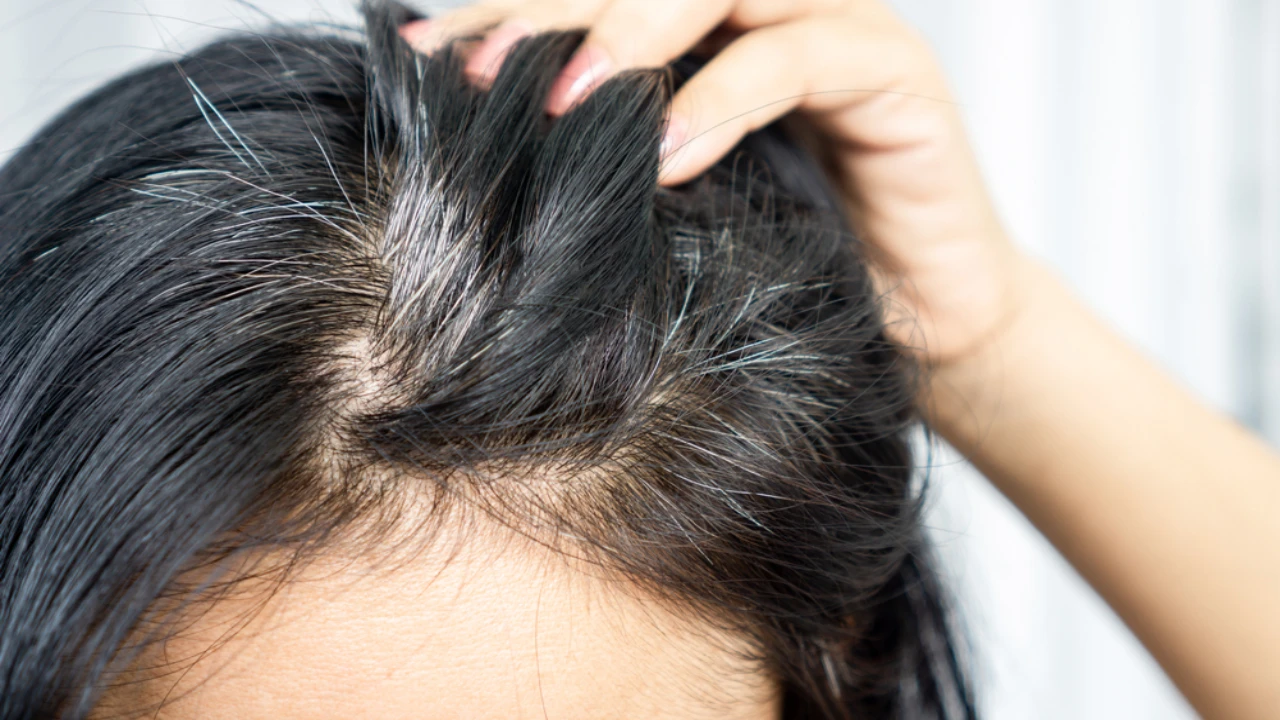
Poliosis is a medical condition that may cause white hair patches due to the absence of melanin in your hair. This hair problem might impact various regions of your body, such as your eyebrows, eyelashes, scalp, and beard (1). Further, these white spots in hair may appear in any age group (from children to adults) and there are multiple causes that lead to it. Although these patches of white hair may be covered with the help of dyes, bandanas, or hats ? they may keep recurring. To combat this hair concern, it is imperative to understand everything about it. From its causes, diagnosis, treatment, and symptoms ? in this article, find everything you ought to know about poliosis hair.
What Is Poliosis?
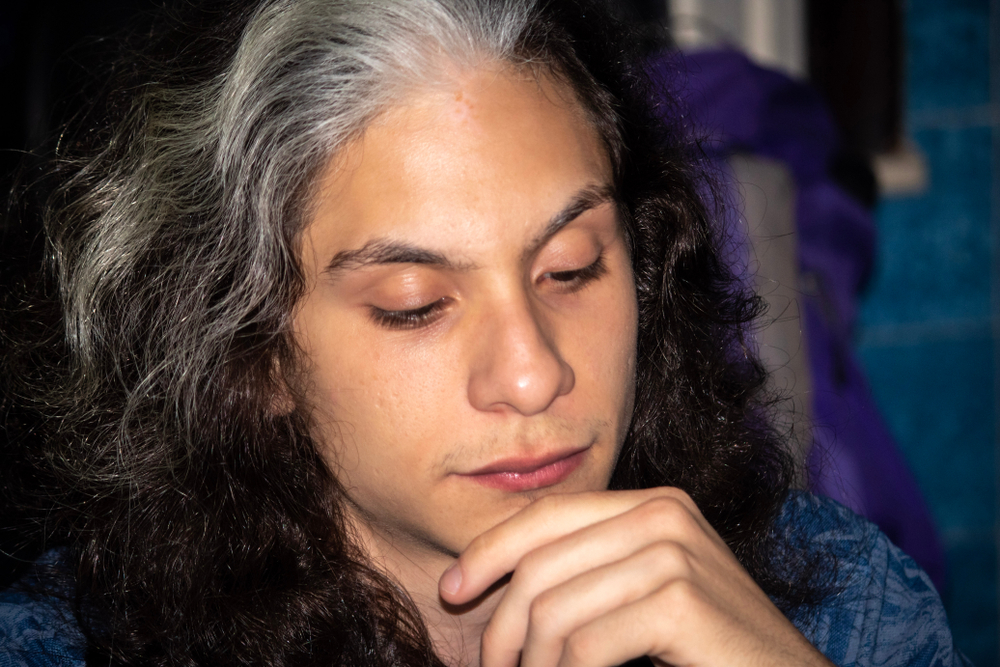
Traditionally known as 'white forelock', poliosis refers to a localized patch of white hair that grows from a group of hair follicles on the skin. It is a harmless hair disorder that demonstrates a decrease in melanin or melanocytes that are found in the hair bulbs of the affected hair follicles (2). Melanin is a large group of molecules in your body that are responsible for various biological functions such as the pigmentation of your skin and hair. It also helps protect your skin and eye against photodamage (3).
Hence, when this melanin is absent or decreased in your hair follicles, it may cause a white hair streak to suddenly pop up on your scalp. This hair problem has been associated with various other acquired problems like vitiligo, chronic inflammation, melanoma skin cancer, medications, and more. It may also occur simultaneously with various genetic disorders such as piebaldism, Waardenburg syndrome, Griscelli syndrome, Apert syndrome, and more (2), (4).
For many people, diagnosing poliosis can be difficult. To help out, our contributor, Mary Sabat, RDN, LD - BodyDesigns Ltd., lays down the difference between similar conditions, saying, “Vitiligo and poliosis are two different conditions. Vitiligo is a skin disorder characterized by the loss of skin pigmentation, resulting in white patches on various parts of the body. Poliosis, on the other hand, refers specifically to the localized or widespread graying or whitening of hair in areas where the affected hair lacks pigment. While both conditions involve pigment loss, they affect different aspects of the body (skin vs. hair) and have distinct underlying causes.” These white patches may be short-term or long-term and may affect anyone irrespective of gender.
Research states that the hair problem may be categorized into two types ? inherited or genetic and acquired. A white patch in hair is hereditary sometimes and may be present since the time of birth due to the mutation of genes. This type is known as inherited or genetic. On the contrary, if these white patches are the after-effect of some medical conditions which are visible later in life, then it refers to the acquired type (2), (4).
Causes of Poliosis
Now that you know what poliosis is, you may be wondering what leads to it. Ahead, we have put together all the causes which may lead to white hair patches on your scalp.
- Genetic Disorders
Some forms of this hair disorder may be caused by hereditary reasons or genetic factors like the mutation of certain genes (5), (6). Ahead, we have put together a few genetic syndromes in which this medical condition may appear:
Piebaldism: In this medical disorder, you may be born with white patches on your skin and hair due to a genetic change within the proteins which are present in skin cells.
Waardenburg Syndrome: This syndrome refers to a group of congenital issues that may cause hearing loss along with white spots in hair and skin.
Tuberous Sclerosis: It is a disease that may lead to multiple problems like noncancerous growths, white patches on the skin, intellectual disabilities, seizures, and more.
- Acquired Reasons
Sometimes, distinct eye diseases and other health issues may become a reason for poliosis to occur. When white patches on your skin and hair are an after-effect of a medical condition, then it is referred to as acquired poliosis (5), (6). Here are some problems which may become a reason for white patches:
Blepharitis: A swelling in the eyelids that is caused due to clogged oil glands.
Vitiligo: A medical condition in which your immune system may attack the pigment cells (melanin) in your body and hence, lead to white patches on skin and hair.
Sympathetic Ophthalmia: An inflammation in the eye that is caused by surgery or an injury.
Shingles: A rash that is a result of reactivated chicken pox virus or varicella-zoster virus.
- Autoimmune Responses
Poliosis causes may also be related to the autoimmune responses in your body. T cells are the white blood cells in your body that help in boosting your immunity and fight against diseases. When these T cells and neurofibromas (noncancerous tumors on nerves) cross-react with the melanocytes in your hair bulbs, it often leads to discoloration in your hair (5), (6), (7).
Symptoms of Poliosis
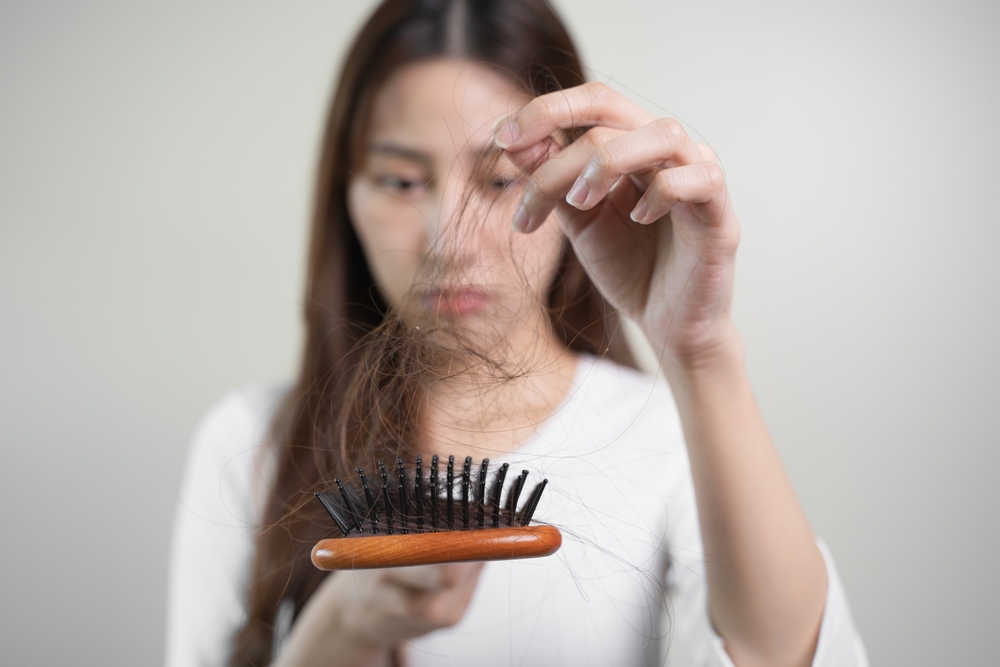
The main symptom of poliosis is the appearance of white patches found in a group of hair follicles or on your skin. However, if this medical condition is a result of some other underlying problem, then it may have one or more additional symptoms. These additional signs may be blurred vision, loss of hair, inflammation in the eye, neurological problems, hearing loss, a pressure build-up in your eye, and more.
How Is Poliosis Diagnosed?

A patch of white hair is a clear and direct sign of a medical disorder in your body. While this sign may be easy to spot, it may not be enough to conclude that you have poliosis. As mentioned above, this hair problem is not associated with just one condition and may be related to various other problems. Hence, it is imperative to undergo a complete body check-up for a proper and final diagnosis. As a part of this check-up, the doctor and the healthcare professionals may examine your medical history, family records, and also genetics. After this assessment, they may carry out certain tests and exams to find the underlying causes of the white patches on your skin and hair.
Here are some tests which are a part of the diagnosis:
- A complete blood test
- Nutritional and endocrine surveys
- A full physical inspection of your body
- An Analysis of your skin under a Wood’s Lamp
- Examination of the eye
- A skin biopsy test
Treatment for Poliosis

Studies suggest that there are not many forms of poliosis treatment that may be available. However, the modalities may be directed towards stopping the progression of the white patches and achieving repigmentation to repair the deficiencies in the depigmented skin regions (8). Ahead, find some viable treatments which may be relied on to treat the medical condition and make the situation a little better for you.
- Skin Grafting and Light Therapy
In a study, patients with vitiligo and a loss of hair pigment were treated with the help of epithelial grafting. After this, light therapy or phototherapy was used to enhance its success and reverse the poliosis related to vitiligo (9).
- Laser Therapy
A medical study conducted in the year 2016 showed that a combination treatment of laser therapy sessions and low-dose oral medications may be successful in treating the problem. The study further states that this treatment may bring back 75% of the color in depigmented skin areas over six months (10). Sharing a word of caution, our contributor, Mary Sabat, says, “Laser therapy can have side effects depending on the specific type of treatment and individual responses. Common side effects might include temporary redness, swelling, or discomfort at the treatment site. In more rare cases, laser therapy could lead to changes in skin pigmentation, scarring, or even infection. It's important to consult a qualified medical professional before undergoing any laser therapy to discuss potential risks and benefits based on your specific situation.”
- Creams, Dyes, and Ointments
Since this medical disorder is not fatal and a serious cause of concern, many patients may opt for easier treatments. It may include hair dyes, camouflage makeup products, sunscreens, and corticosteroid creams which would help in hiding the white streak in black hair or white patches on your skin.
According to anecdotal evidence and claims made by people, having a healthy diet and maintaining your stress level may also have a direct impact on hair condition. Hence, it might be crucial to eat healthily and live a stress-free life to avoid white patches on your hair.
Conclusion
Although it is not a life-threatening problem, poliosis refers to the white patches on your hair and skin which may have a deep mental impact. This medical condition may cause a drop in your self-esteem and confidence as it might alter your physical appearance due to the presence of white spots.
While there are a few viable treatments like laser therapy, skin grafting, and more that may help in reversing the condition, you may also pick the easier albeit temporary method of hiding it. From wearing scarves, and applying sunscreens, to using camouflage makeup products ? these are some ways that may be used to disguise the appearance of white patches. Poliosis hair is usually associated with other underlying problems in your body and hence, it is important to do a proper full-body diagnosis to understand its root cause.
Contributor: Mary Sabat, RDN, LD, Ace Certified Trainer - Body Designs Ltd.





 JOIN OUR WHATSAPP CHANNEL
JOIN OUR WHATSAPP CHANNEL



















































